-
Car Reviews
- All reviews
- Midsize SUVs
- Small cars
- Utes
- Small SUVs
- Large SUVs
- Large cars
- Sports SUVs
- Sports cars
- Vans
Latest reviews
- Car News
-
Car Comparisons
Latest comparisons
- Chasing Deals
Charming and sporty compact SUV reveals a solid hybrid performance and convincing Alfa Romeo vibe, if you punt it hard enough
The 2026 Alfa Romeo Junior is an attractive, fun-filled and relatively straightforward pint-sized hybrid SUV. It’s compelling, too, even if one senses that, at times, it’s almost despite Alfa Romeo HQ’s best efforts.
This is not purely because of the infamous ‘Milano’ naming indiscretion with the Italian authorities. Or that, according to the Milanese mothership, it’s pronounced “Yoon-ior” in Italian rather than, erm, Junior.
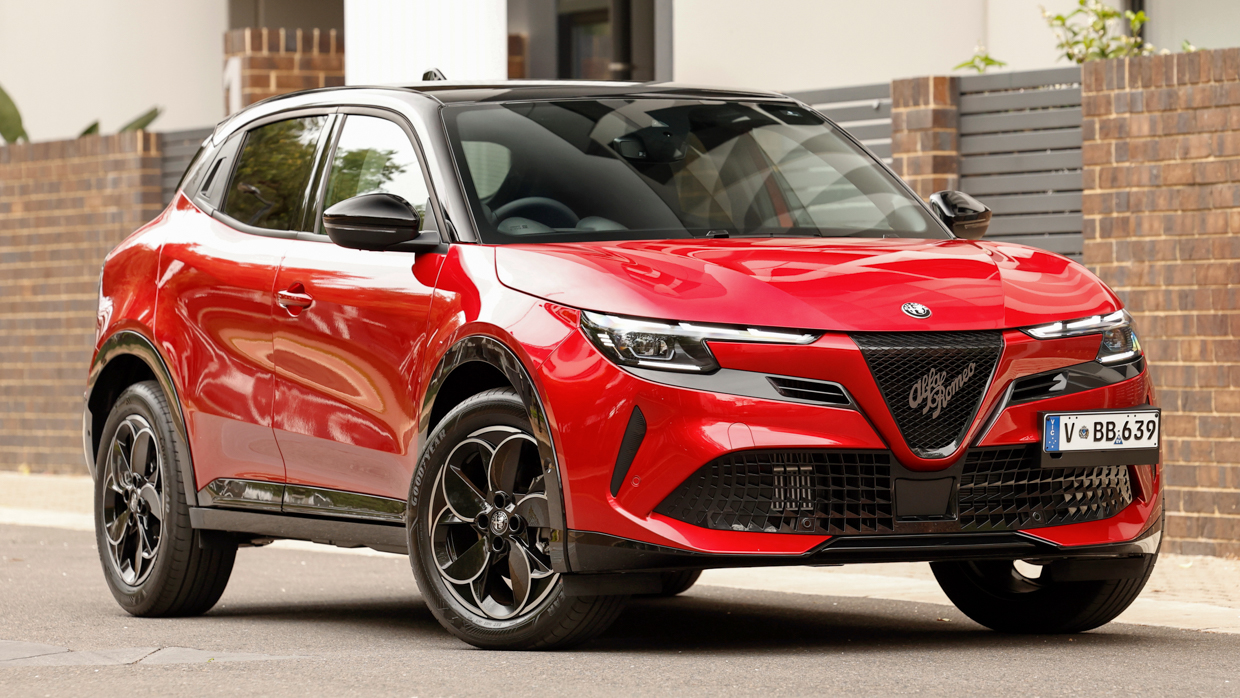
Then there’s the short sell on the 48-volt “mild hybrid” powertrain. This format not only torque-boosts its thrummy little 1.2-litre turbo engine, it will — like conventional Toyota-style series-parallel systems — drive purely on electrons everywhere from parking to highway speeds. It’s not ‘mild’ at all, but a proper hybrid.
Then there’s size. From 20 paces, its relatively low-slung silhouette exacerbates the appearance of its length. You’d almost swear it’s a small-segment SUV, a Volkswagen T-Roc competitor, until you whip out the tape measure and discover it’s just 4.17 metres long: a compact.
So it plays against Volkswagen T-Cross (4.1m), Toyota Yaris Cross (4.18m) and Mazda CX-3 (4.27m)…which suddenly makes the sole variant trim on offer, simply called ‘Junior’, seems a mite pricey at $45,900 before on-roads or around $50K on road.
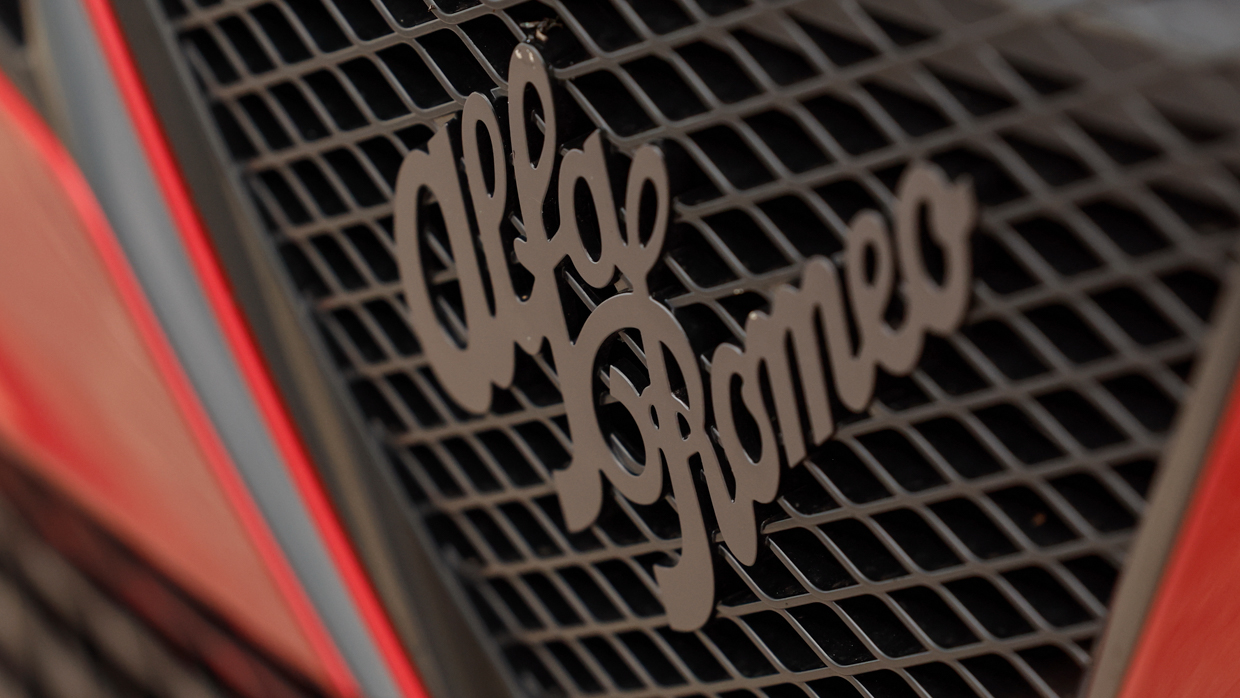
Thus, this Alfa Romeo-lite competes more closely on price with Audi Q2 (from $49,500) or Lexus LBX (from $47,200).
Still…the Junior marks quite unique territory in compact SUV land by promising go-fast fun in a choice of hybrid ‘Ibrida’ or fully electric ‘Elettrica’ ($57,900 list) powertrain guises. Compelling stuff.
But, as if to dissuade buyers a little more, the brand that trades so heavily on its heritage wants anyone listening to think that Junior is the spiritual successor to the compact Mito and small-segment Giulietta. It’s really more of a hatchback than an SUV, Alfa Romeo HQ says, with a straight face…
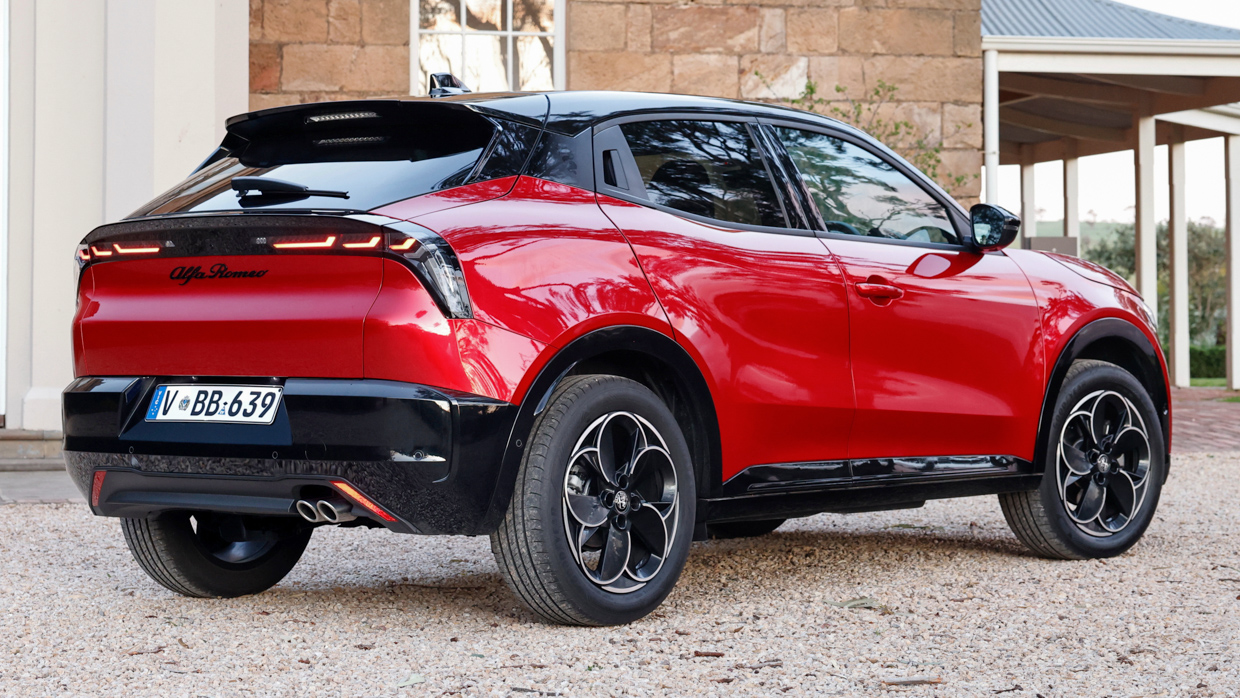
And yet despite all of this, the Junior — at least in hybrid ‘Ibrida’ guise tested here — is charming, likeable and deserving of its place on the local landscape, even if that place is tricky to pinpoint.
Alfa Romeo Australia has perhaps wisely opted for a sole middleweight of the Ibrida hybrid with fulsome ‘no-name’ spec at a not-outrageous $45,900 list price. This allows some headroom for either a more basic budget variant or hotter Veloce range-topper if the Junior gets legs with Aussie buyers.
The hybrid was joined in local showrooms by the electric Elettrica in July at $57,900 list in the same singular trim specification, the EV bringing 115kW, 260Nm, a 54kWh gross battery and 407km WLTP range claim credentials. We’ll review this version at a later date.
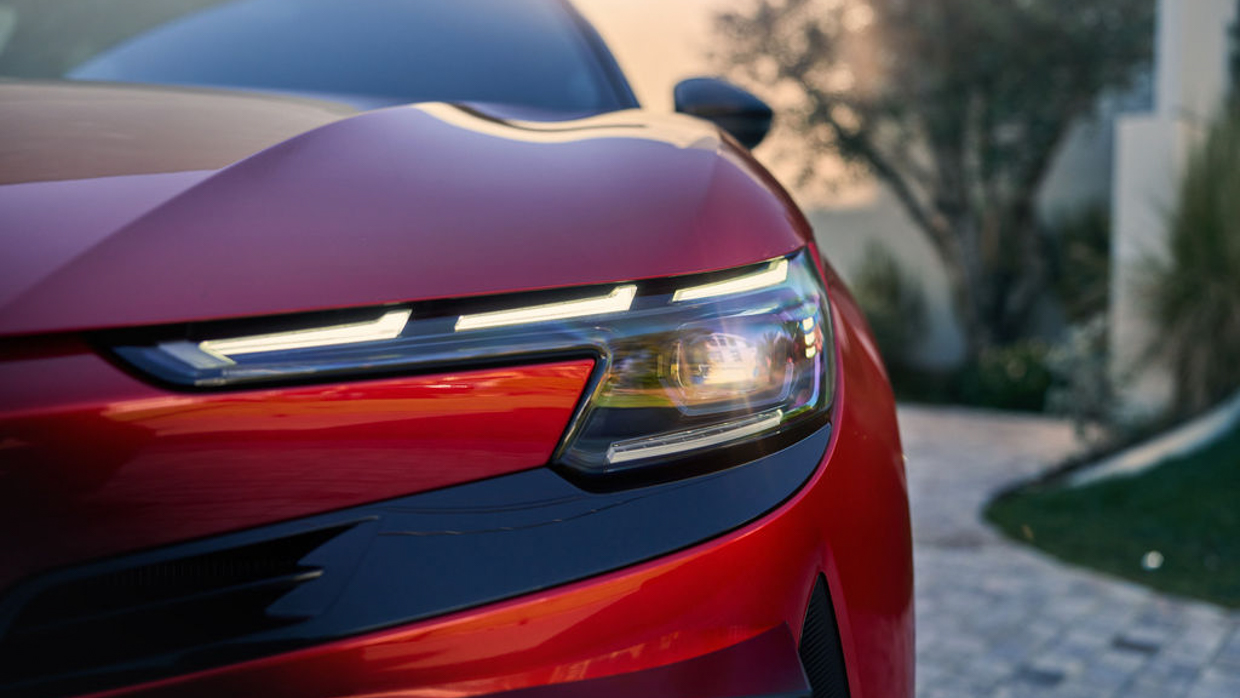
As standard, the Aussie Junior features the following features:
Two cost options are offered in a glass sunroof and premium paintwork, each of which commands an upcharge of $1990.
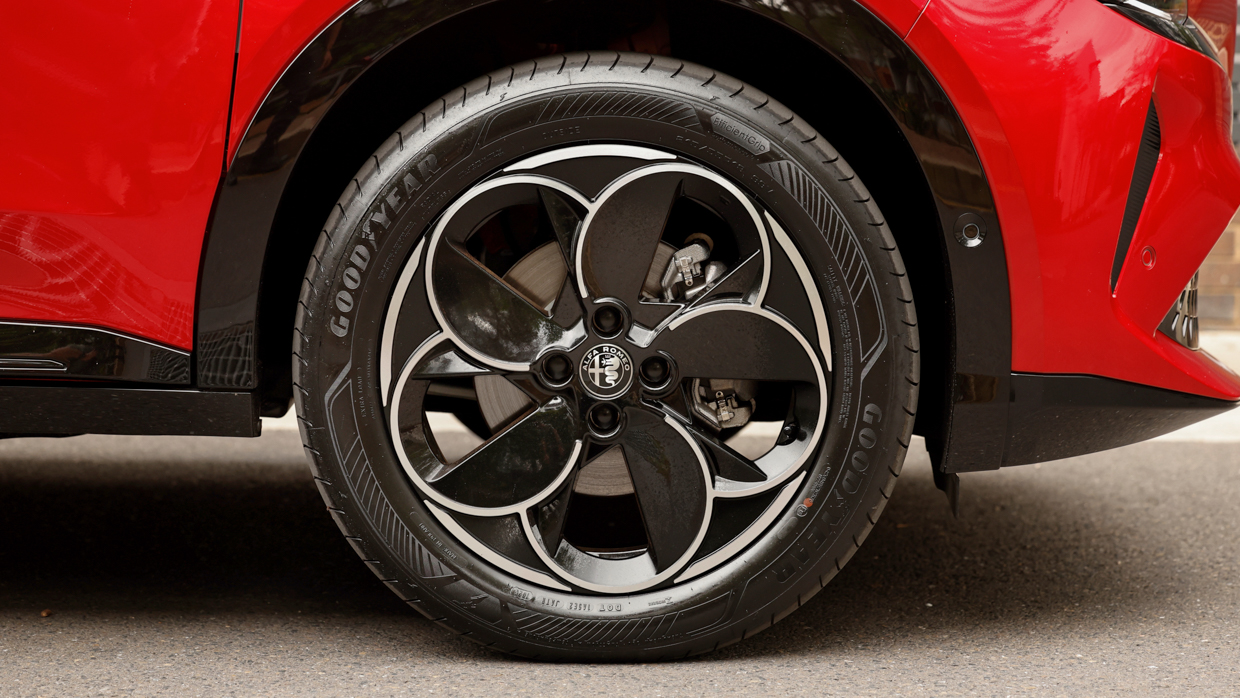
As an interesting related footnote, Alfa Romeo took revenge of sorts on the Italian government, who deemed the original ‘Milano’ model name illegal in the brand’s homeland due to the SUV’s Polish country of origin.
How? The available paint colours of Sempione (white), Tortona (black), Brera (red), Navigli (blue), Arese (silver) and Galleria (light grey) are all named after districts of Milano, thus legally reinstating Milanese naming into the model’s branding. Clever.
The underpinning virtue that brings some credence to Alfa Romeo’s ‘compact’ claim is the Junior’s sense of lightness on its tyres. It feels small, lightweight and agile, easy to judge and place on the road, be it parking or attacking the famed Adelaide Hills in South Australia, the location of the model’s Australian launch program.
Much of its lithe nature is, unsurprisingly, the hybrid’s sprightly 1305kg kerb weight. Despite the hybridisation hardware, it weighs quite a bit less than a (1448kg) Volkswagen Golf GTI.
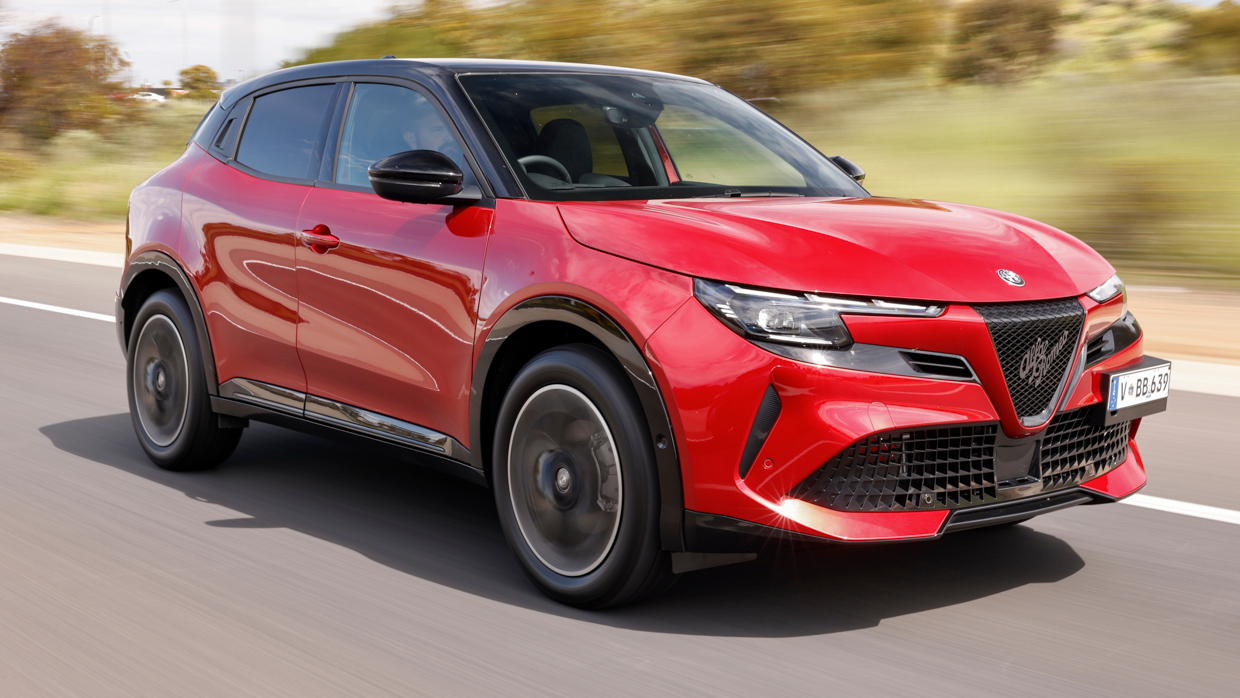
On paper, there’s not a lot of powertrain to anchor the Junior down: a small 1.2-litre three-pot turbo engine, a petite 0.9kWh lithium-ion battery, a 21kW electric motor sandwiched between internal combustion and the six-speed dual-clutch gearbox. Total system outputs are just 107kW and 230Nm.
At 8.9 seconds 0-100km/h, it’s not exactly quick outright. But that’s hardly against the grain of four-leaf clover heritage. A light vehicle with modest power – where the pilot pins the throttle and steers their way through a fun-filled drive — is not only old-school hot hatch ethos but also a hallmark of classic Alfa Romeo. Provided, of course, the chassis has dynamic chops.
And the Junior is at its best when the course ahead is the famed Gorge Road in the Adelaide Hills. Here, through a rollercoaster of sweeping left-right curves, strong evidence to suggest that the Italian hybrid is most happily in its element carrying heady speed between sweeping apices. For dynamic talent, this is not merely a sporty-styled grocery getter.
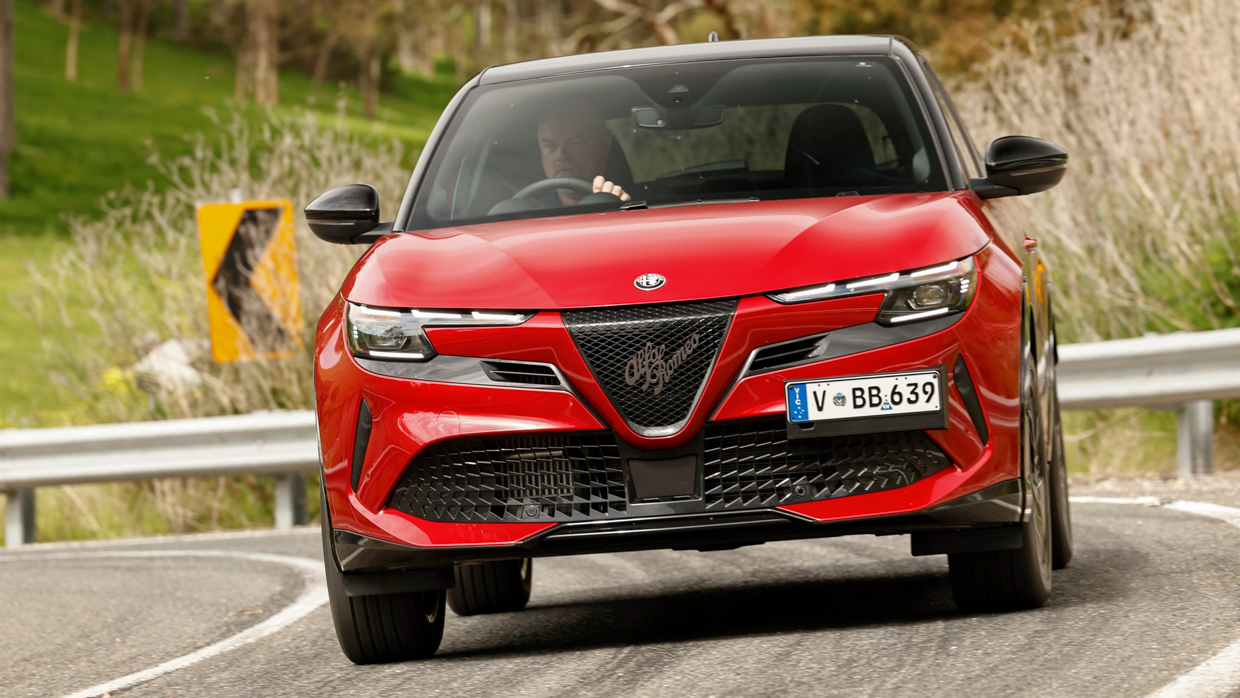
Its natural balance and keen responses to inputs is lively and engaging, perhaps dynamic dividends from engineering input, it’s said, from the team who developed the high-performance Giulia GTA road car. Especially in the hottest D setting of the brand’s conventional DNA drive mode selection, where default N is ‘natural’ and A is for utmost efficiency.
However, the sharp (15.8:1 ratio) steering doesn’t quite deliver similar conviction. Very light at low speed and heavy at pace, it’s less linear transitioning off centre than it could be, and feels a touch synthetic at times. A key area of polishing for a steed that primarily steers itself into the fun zone.
Also strange is the regenerative braking. The conspicuous battery charge scavenging is stronger than most hybrids, less assertive than most EVs, and is most evident during urban touring. You get accustomed to using some braking to come to a stop but, annoyingly, there appears to be no regen adjustment, or ‘off button’, to allow tuning it to taste.
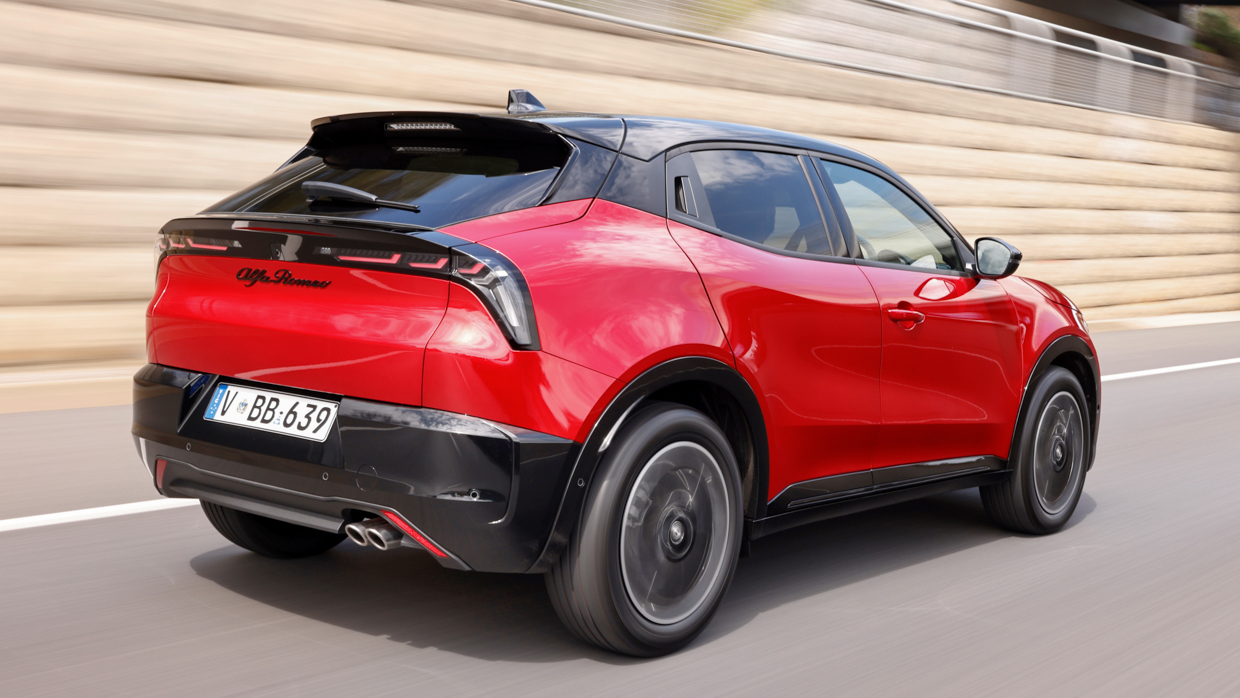
That said, for the modesty of its specification, this is a very handy and well-rounded hybrid system indeed. The 21kW motor adds low-speed thrust and drivability, and there’s good linearity right through to redline when exiting side streets or merging onto motorways. It feels reasonably fulsome, if not terribly punchy or urgent.
But this ill-described ‘mild hybrid’ pulls tricks expected of sorted regular series-parallel systems. It starts-up electric, it’ll queue and crawl in traffic on electrons alone, and like only the most recent Toyota designs it’ll slot neatly and silently into EV-only drive at highway speeds under light load, firing up the petrol triple when acceleration is prompted.
It seems very efficient and effective for the powertrains engineering modesty, and lightyears better and more flexible than the (much milder) hybrid system in the sister Tonale SUV, which only seems interested in electric-only drive when parking. Slowly.
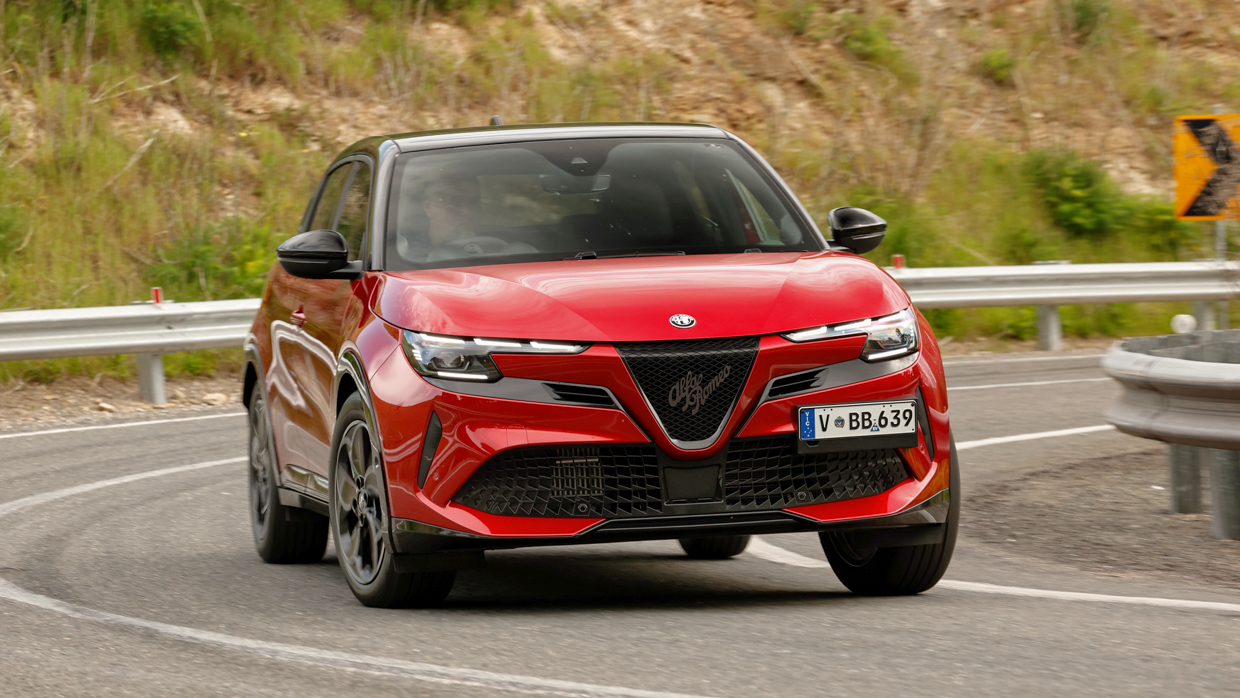
The passive suspension’s ride quality is middling if quite well resolved, filtering out bumps well when carrying speed if prone to a little jarring across sharp road imperfections around town.
But while the Junior proves a generally comfortable and reasonably refined drive in town, some oppressive wind noise around the wing mirrors and window seals at speed does work against the SUV as a long hauler.
Like its stablemates in Giulia, Stelvio and Tonale, the Junior taps brand heritage hard and plies the retro design motifs thickly. Full marks, then, for effort in injecting a sense of occasion, even if only some of the fanfare looks and feels genuinely convincing.
Unabashedly sporty, the Junior, like its stablemates, forgoes slick modernity for a classic design with contemporary flourishes that, like the ‘connoncchiale’ (or ‘telescope’) 10.25-inch instrumentation that’s fully digital but harks to yesteryear with great enthusiasm.
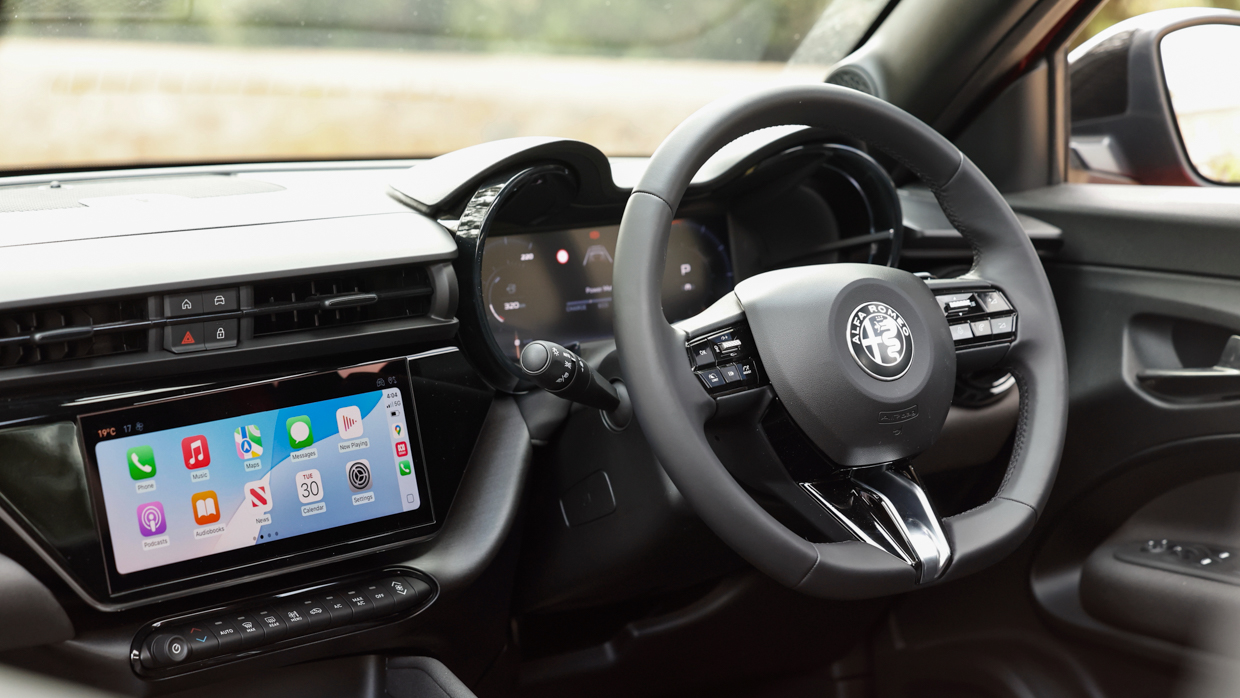
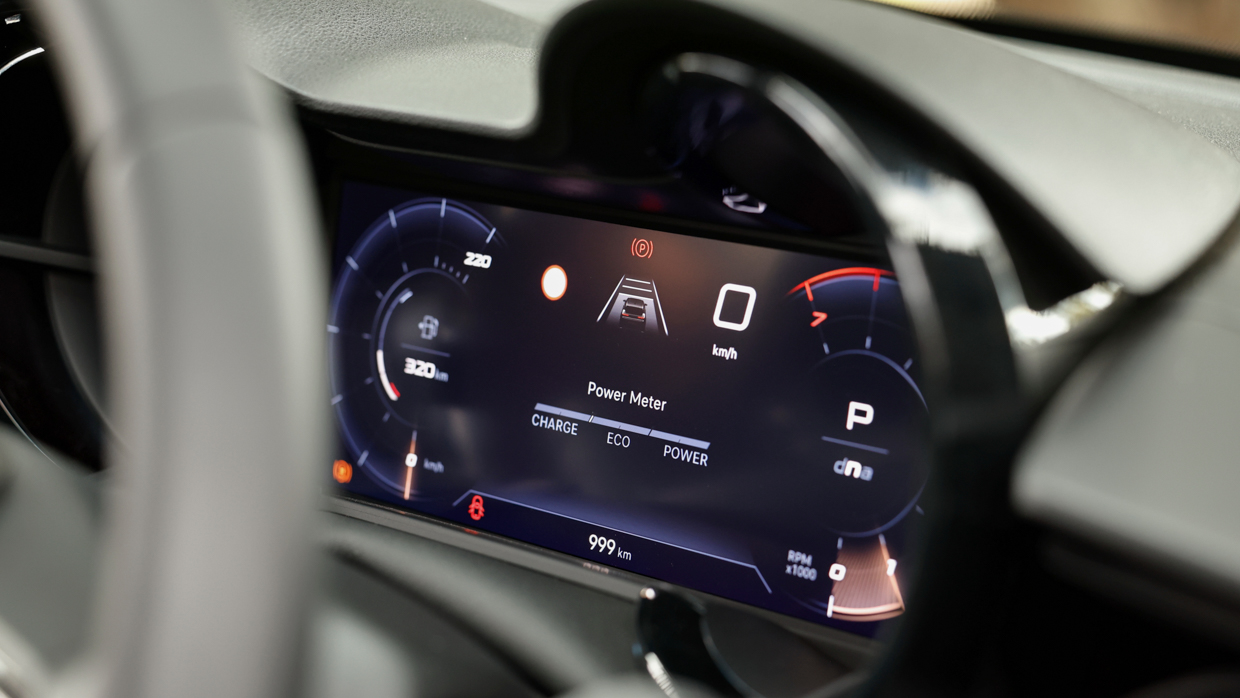
The centre of the dash, though, is a strange hodge-podge of design full of angles, surfaces and old-school buttons. The 10.25-inch rectangular media touchscreen sits awkwardly in an odd-shaped panel, plus there’s an odd lack of symmetry to the fascia in attempts to orient itself towards the driver.
The jury is out on the breadth of new connectivity this new media system brings to the Alfa Romeo fold, but the inclusion of Connect Plus services such as live traffic and fuel finder functionality for the proprietary sat-nav is a nice premium touch, even if subscription demands paid subscription after the first 12 months.
ChatGPT? It’s here if you’re into that sort of thing…
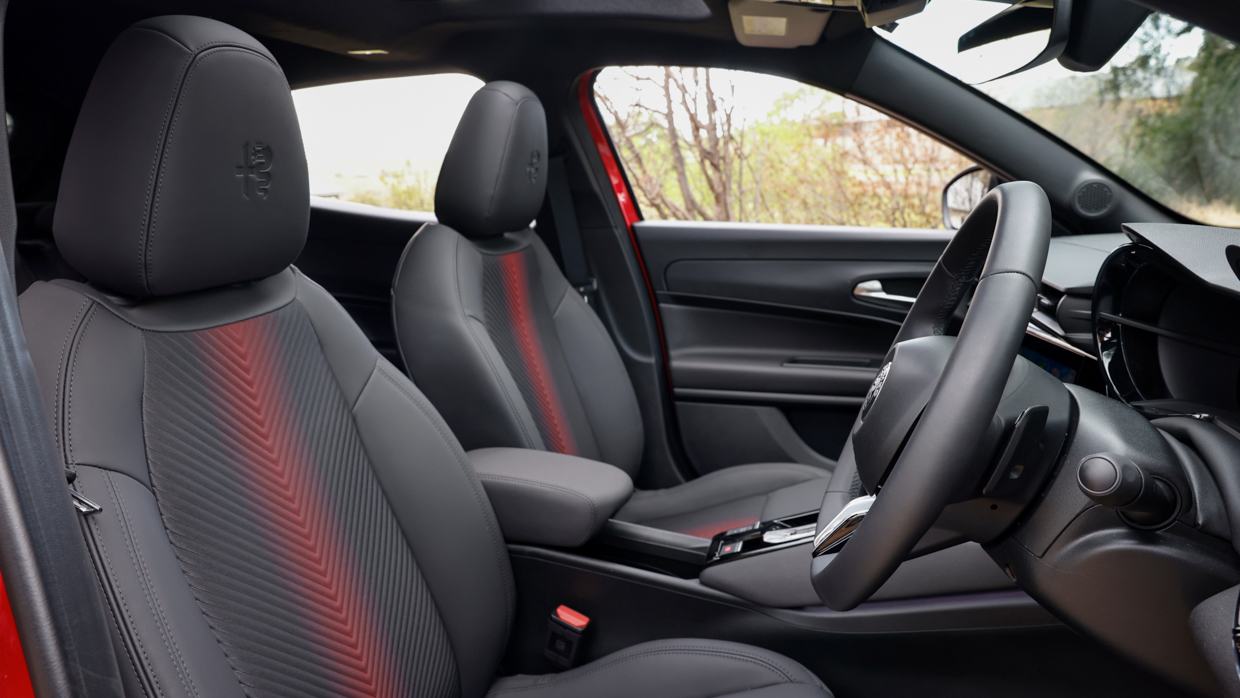
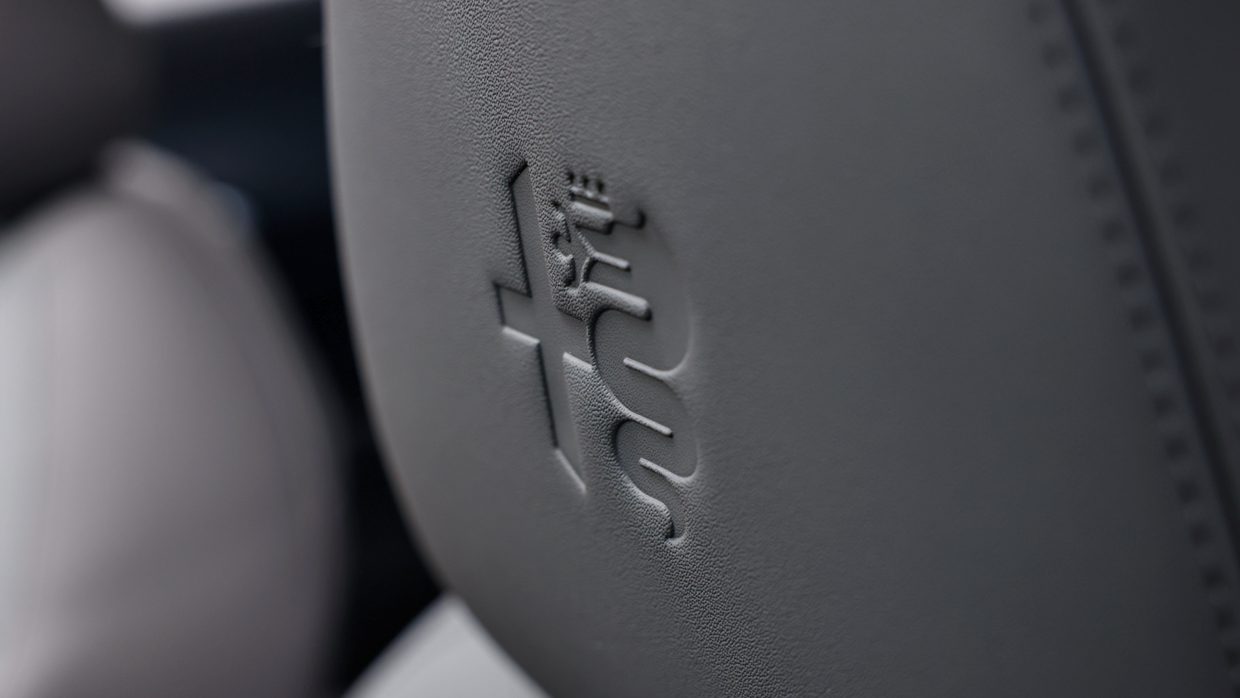
The sporty front seats, with supercar-racy bolstering, don’t quite match their looks with suitable body-hugging support and comfort, but serve with enough purpose in the heat of the dynamic battle. The faux leather isn’t terribly convincing and ought to be nicer for a $50K compact.
Ditto the low-rent front passenger mechanical seat adjustment and the ballistics-grade shiny plastics atop the door cards, though where the Junior does present more upmarket materials it feels more well-suited to the theme and price point. Build quality, too, seemed rock solid in our two test car examples.
The paddleshifter wheel fits the bill nicely and as a driver’s car the Junior is ergonomically sound, where its controls, wheel and pedals are all ideally placed or located.
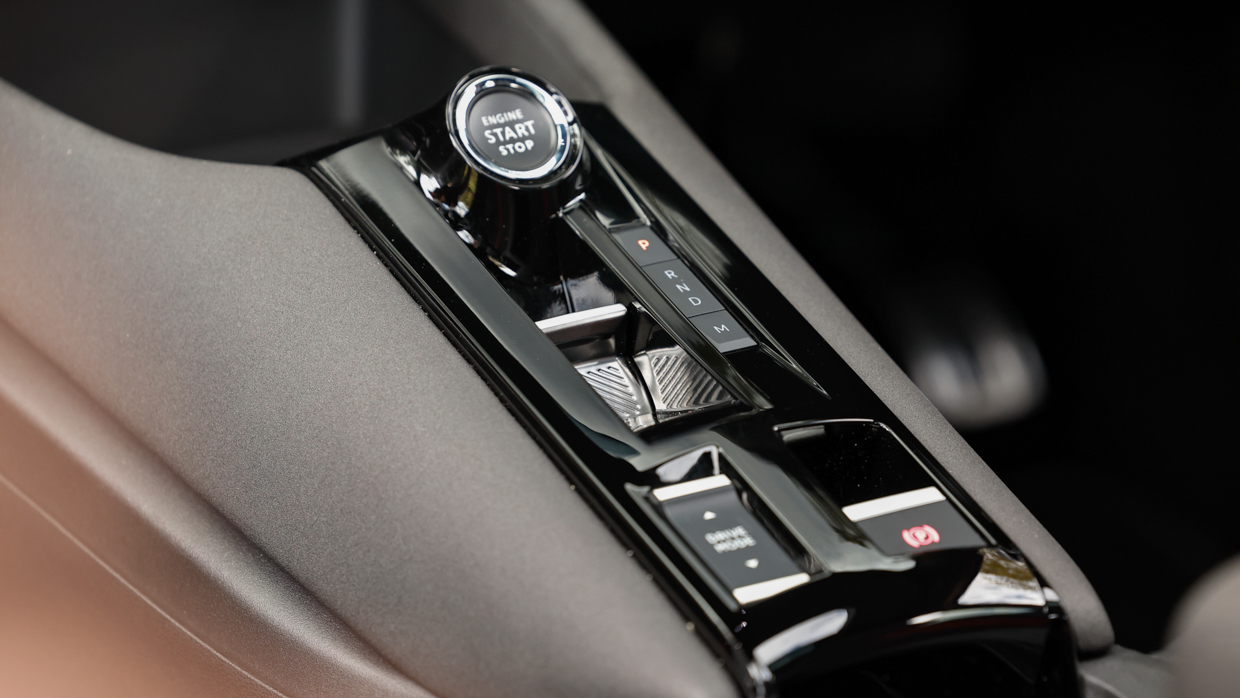
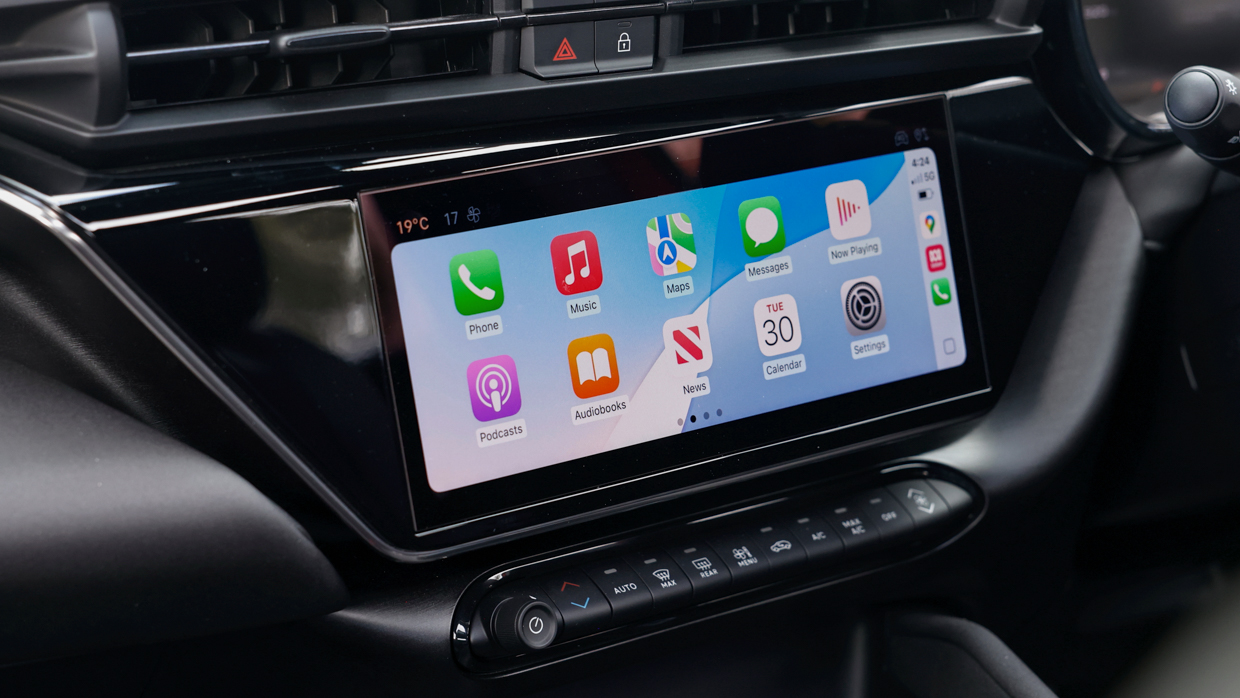
The centre console, too, is slick with tidy controls like a stubby little transmission slider, easily accessible drive mode selector, and an inductive phone charge pad flanked with USB-A and USB-C outlets. The ‘quadrifoglio’ air-vents are a real treat, and the cabin does bring some subtle mood lighting that, thankfully, doesn’t leave the cabin looking like a gin palace.
Storage, though, is at a premium — even the user manual was jammed into the door bin as it doesn’t fit in the glovebox.
Row two is really where Alfa Romeo’s ‘compact segment’ claims play out conspicuously, because rear passenger space is tight. Any semblance of adult comfort in the rear seat demands the fronts be set fairly far forward on the rails.
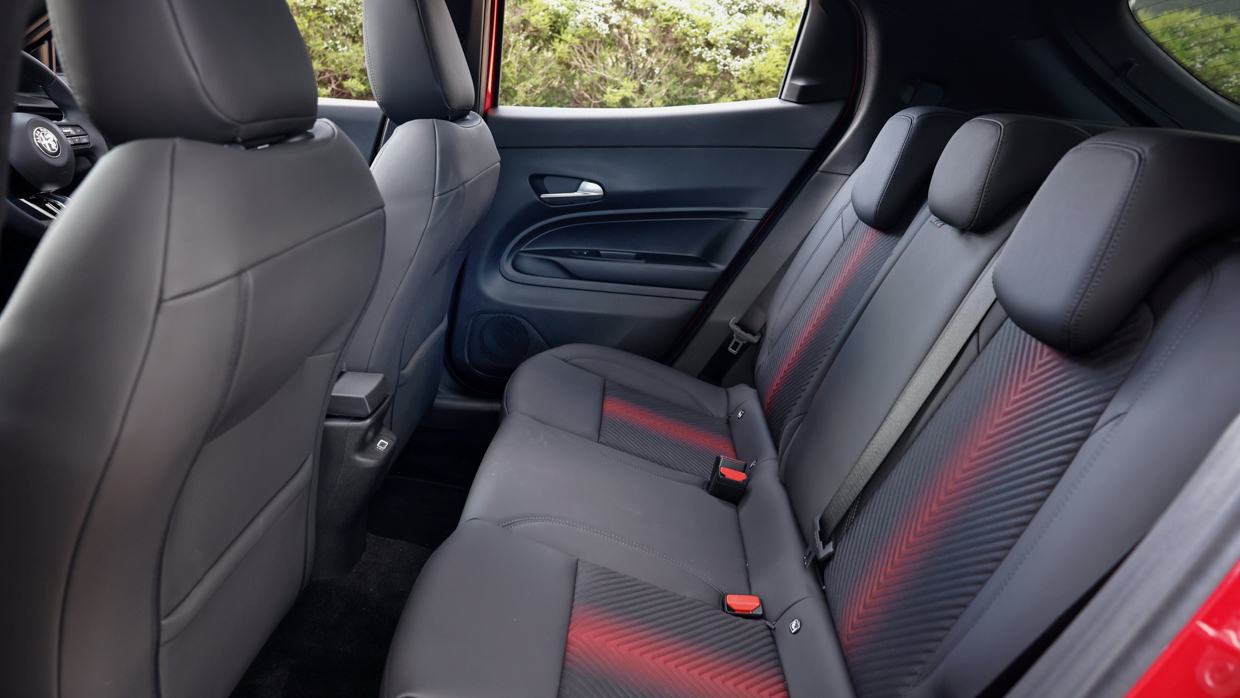
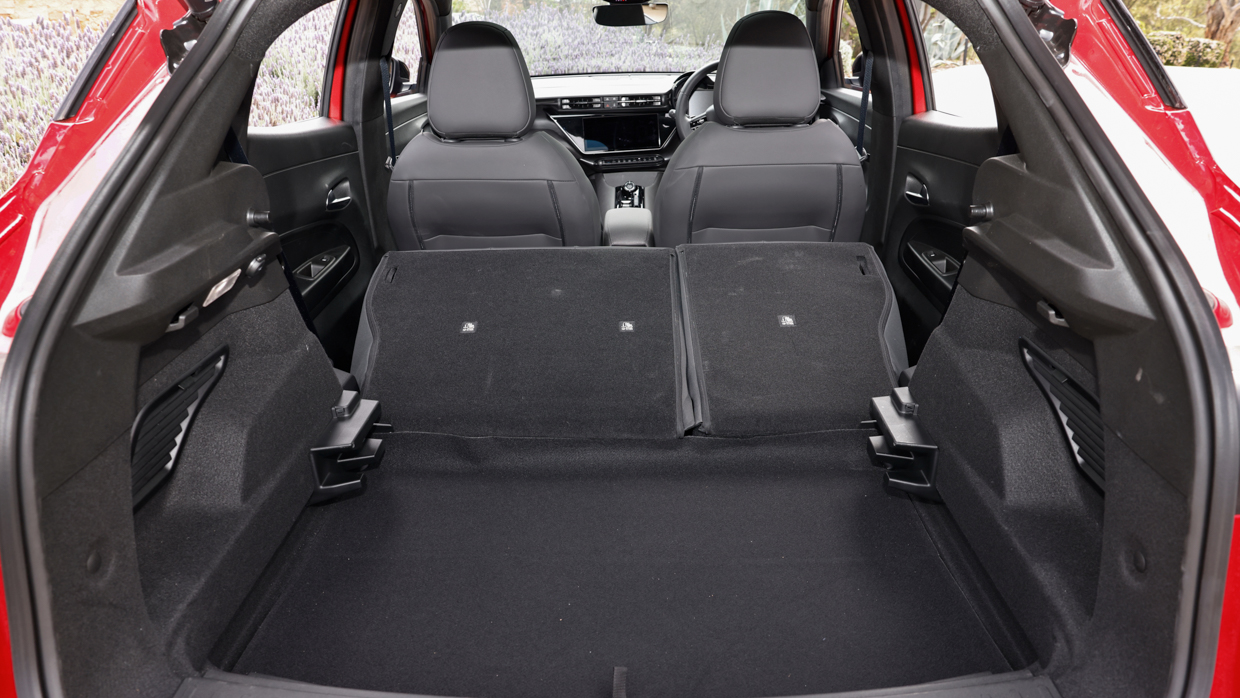
Cupholders and limited USB-C power is offered, but the lack of rear air vents is a markdown for any device purporting to be an SUV (even when they’re also claiming to be a hatchback).
Bootspace is, at 415 litres, actually quite decent, with a nice square load space big enough for a couple of smaller travel cases that expands to 1240 litres. It’d be a tight fit for a pram and small child addenda, though.
The compact SUV is currently unrated by Euro NCAP and ANCAP.
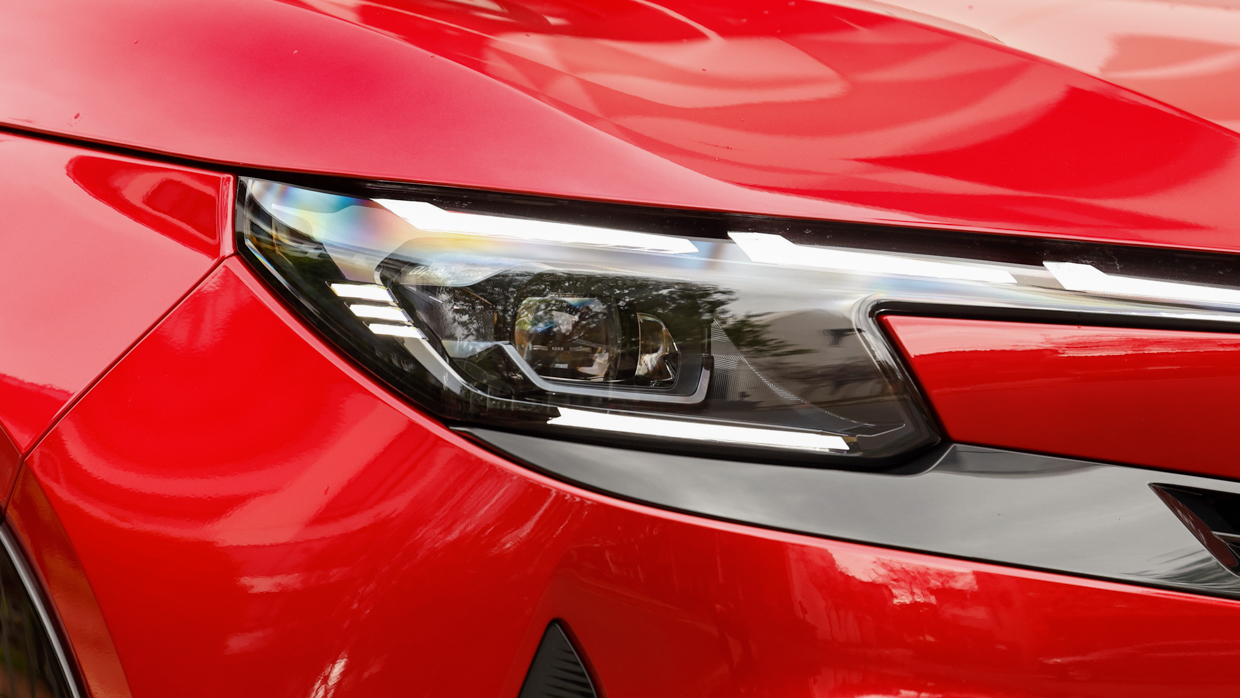
The Junior in both Ibrida and Elettrica guises fit the following safety features as standard:
During assessment, we noted that the Junior delivered ‘soft’, unobtrusive alerts for various triggered ADAS systems. Some features can be defeated quite quickly using a submenu in the media touchscreen system.
During assessment for mixed and often hard driving, the Junior returned mid-five-litre consumption against a 4.1L/100km claim (albeit advertised using the lenient and optimistic NEDC rating). It requires 95RON premium fuel in its 44-litre tank.
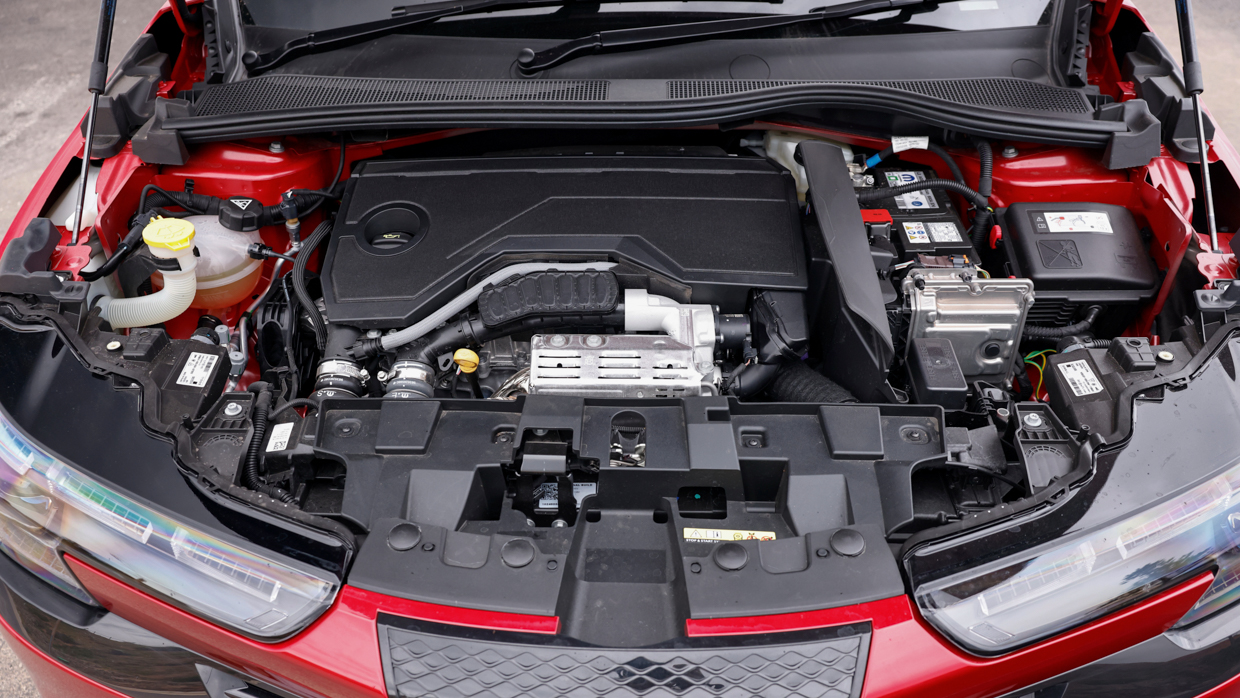
Servicing is not cheap, with a five-year package totalling $3106, with 12-month/15,000km intervals costing between $465.84 (first, third and fifth) and a whopping $854.16 (second and fourth visits).
Warranty is five years of unlimited-kilometre coverage.
Despite the spin from the horse’s mouth, the Junior Ibrida is a genuine compact SUV, a proper hybrid, and packs that classic Alfa Romeo combination of modest power paired with a willing chassis that rewards more the harder you push it.
It certainly bottles more that pure Alfa Romeo essence better than the lacklustre and pedestrian Tonale stablemate.
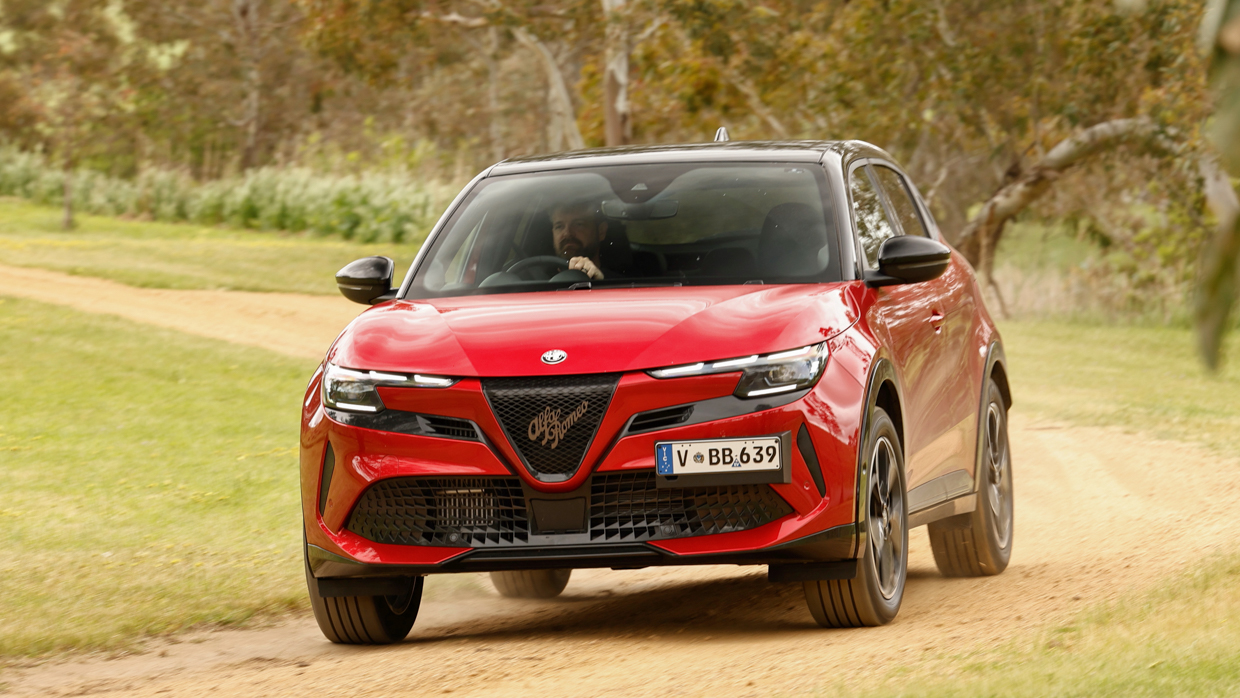
But on specification alone, and viewed simply as a charming compact SUV, it manages to barely justify its circa-$50K on-road price tag, especially given Junior is not exactly quick nor all that interesting to drive as a runabout.
Its lightness and dynamics, bundled in with sporty charisma, are a breed apart from almost any other compact SUV out there right now.
That said, there’s room for improvement — in steering and braking feel, and fundamental potency — that makes us curious about whether a hotter Veloce version adds the missing spices.

Its hybrid system is impressive, too, allowing Junior to carve itself quite a unique Jekyll and Hyde space in the compact landscape. There’s plenty that sets the Junior quite well apart from the mainstream Yaris Crosses, CX-3s and Venues out there, as well as the pricier, premium Q2 and LBX.
No doubt Alfa Romeo Australia hopes its particular pitch strikes a light under Aussie buyers, too — something the larger Tonale has thus far failed to do.
Key specs (as tested)
About Chasing cars
Chasing Cars reviews are 100% independent.
Because we are powered by Budget Direct Insurance, we don’t receive advertising or sales revenue from car manufacturers.
We’re truly independent – giving you Australia’s best car reviews.
The estimate provided does not take into account your personal circumstances but is intended to give a general indication of the cost of insurance, in order to obtain a complete quote, please visit www.budgetdirect.com.au. Estimate includes 15%^ online discount.
^Conditions Apply
Budget Direct Insurance arranged by Auto & General Services Pty Ltd ACN 003 617 909(AGS) AFSL 241 411, for and on behalf of the insurer, Auto & General Insurance Company Limited(ABN 42 111 586 353, AFSL 285 571).Because we don’t know your financial needs, we can’t advise you if this insurance will suit you. You should consider your needs and the Product Disclosure Statement before making a decision to buy insurance. Terms and conditions apply.
Indicative quote based on assumptions including postcode , 40 year old male with no offences, licence suspensions or claims in the last 5 years, a NCD Rating 1 and no younger drivers listed. White car, driven up to 10,000kms a year, unfinanced, with no modifications, factory options and/or non-standard accessories, private use only and garaged at night.
^Online Discounts Terms & Conditions
1. Discounts apply to the premium paid for a new Budget Direct Gold Comprehensive Car Insurance, Third Party Property Only or Third Party Property, Fire & Theft Insurance policy initiated online on or after 29 March 2017. Discounts do not apply to optional Roadside Assistance.
2. Discounts do not apply to any renewal offer of insurance.
3. Discounts only apply to the insurance portion of the premium. Discounts are applied before government charges, taxes, levies and fees, including instalment processing fees (as applicable). The full extent of discounts may therefore be impacted.
4. We reserve the right to change the offer without notice.